Selecting the Ideal Sanitiser for Your Hot Tub Experience
Choosing the perfect sanitiser for your hot tub is essential for maintaining a clean, safe, and enjoyable experience. With a variety of options available, understanding the differences between popular sanitizers such as chlorine and bromine is crucial. This guide will help you navigate the world of hot tub sanitisers!
Chlorine is a popular choice for swimming pool sanitisation, while bromine is commonly used for hot tubs. To decide which sanitiser is best for your hot tub, let's explore their properties, advantages, and disadvantages.
How Chlorine and Bromine Function
Both sanitisers eliminate bacteria and other harmful substances. Chlorine oxidizes contaminants and creates waste products called chloramines, which cause irritation and reduce effectiveness. Regular chlorine addition is necessary to combat chloramines, and periodic hot tub shocking is recommended for maintaining water quality.
Bromine ionizes contaminants, breaking their chemical bonds. It stays active longer but also forms waste products called bromamines. Shocking is also required for bromine-treated hot tubs.
Effectiveness and Stability
Chlorine works faster than bromine, but bromine is more stable, particularly in warm water. Bromine's lower pH helps maintain balanced water chemistry, reducing the need for adjustments.
UV light affects bromine more than chlorine, so using a hot tub cover is crucial for outdoor tubs. High chloramine levels can encourage algae growth and bacterial breeding.
Dosage and Cost Considerations
Follow manufacturer instructions and test water levels to ensure proper sanitiser dosage. Chlorine's ideal level is 1-3 parts per million (ppm), while bromine's is 3-5 ppm. Bromine typically requires a larger dose and is more expensive than chlorine. However, its less frequent application might balance the cost.
Health and Safety
In appropriate amounts, both sanitisers are safe. However, chlorine can be harsh on skin, hair, and eyes and may cause respiratory issues. Bromine is gentler but harder to wash off. For those with sensitive skin or respiratory problems, bromine is a better choice.
When using sanitisers, do not mix chlorine and bromine in the water or their dry state, store them close to each other, or use the same feeder for both, as these actions can cause dangerous chemical reactions.
Using Granules and Tablets
To use granules, determine the hot tub's water volume, follow the product instructions, and pour the measured granules directly into the tub. Allow the water to circulate for 20 minutes before testing the sanitiser levels and adjusting as needed.
For tablets, follow the product instructions, place the recommended number of tablets in a feeder, and test the water over the next few days to ensure proper sanitiser levels.
Hot Tub Sanitisers: Frequently Asked Questions
What are the main differences between chlorine and bromine as hot tub sanitisers?
Chlorine works faster than bromine, but bromine is more stable in warm water. Bromine also has a lower pH, helping maintain balanced water chemistry.
How do chlorine and bromine sanitisers work? Chlorine oxidizes contaminants, while bromine ionizes them. Both create waste products—chloramines for chlorine and bromamines for bromine—that require periodic hot tub shocking to maintain water quality.
What are the ideal sanitiser levels for chlorine and bromine?
For chlorine, the ideal level is 1-3 parts per million (ppm). For bromine, the ideal level is 3-5 ppm.
How do I adjust the sanitiser levels if they're too high?
Test your hot tub water regularly and adjust the amount of sanitiser you add to the water as needed. If the levels are consistently too high, reduce the amount of sanitiser added or consult the manufacturer for guidance.
How often should I add sanitisers to my hot tub?
The frequency depends on the sanitiser type, your hot tub usage, and water quality. Follow the manufacturer's instructions and test the water regularly to ensure proper sanitiser levels.
Which sanitiser is better for sensitive skin or respiratory issues?
Bromine is gentler on the skin and less likely to cause respiratory problems compared to chlorine, making it a better choice for those with sensitivities.
What precautions should I take when using chlorine or bromine sanitisers?
Do not mix chlorine and bromine together in water or their dry state, store them close to each other, or use the same feeder for both, as these actions can cause dangerous chemical reactions.
How do I use granules and tablets for hot tub sanitisation?
For granules, follow the product instructions and pour the measured granules directly into the hot tub. For tablets, follow the product instructions and place the recommended number of tablets in a feeder. Test the water regularly to ensure proper sanitiser levels.
Can I switch sanitisers if I'm not satisfied with the one I'm using?
Yes, you can switch sanitisers when changing your hot tub water. Be sure to follow the proper guidelines for draining, cleaning, and refilling your hot tub when making the switch.
How do I maintain water quality in my hot tub?
Test the water regularly to ensure proper sanitiser levels, maintain balanced water chemistry, and perform periodic hot tub shocking to eliminate waste products and maintain water quality.
In Summary: Chlorine vs Bromine
In summary, chlorine and bromine are common sanitisers for hot tubs, each with its own pros and cons. Chlorine works faster but can be harsh on skin and cause respiratory issues, while bromine is gentler and more stable in warm water but requires a larger dose.
Ideal levels for chlorine are 1-3 ppm, and for bromine, 3-5 ppm. Granules and tablets can be used for sanitisation by following product instructions and ensuring proper levels are maintained.
And if you're not satisfied with your chosen sanitiser, you can switch when changing your hot tub water.
Always remember, regularly test the water to maintain cleanliness and promote a healthy and enjoyable hot tub experience.
Further Reading and Resources
- 5 Things to Consider When Buying A Spa
- Choosing the Perfect Hot Tub Gazebo or Enclosure
- Top 10 Spa Health Benefits
- Spa & Swim Spa Do's and Don'ts
- Balancing Spa pH Levels
- What causes hot tub scum
- A guide to spa water temperature
- Spa clear user guide
- Spa safety considerations
- Spa water temperature guide
- How to prevent spa algae
- Keeping your spa water balanced
- Starting the spa with new water



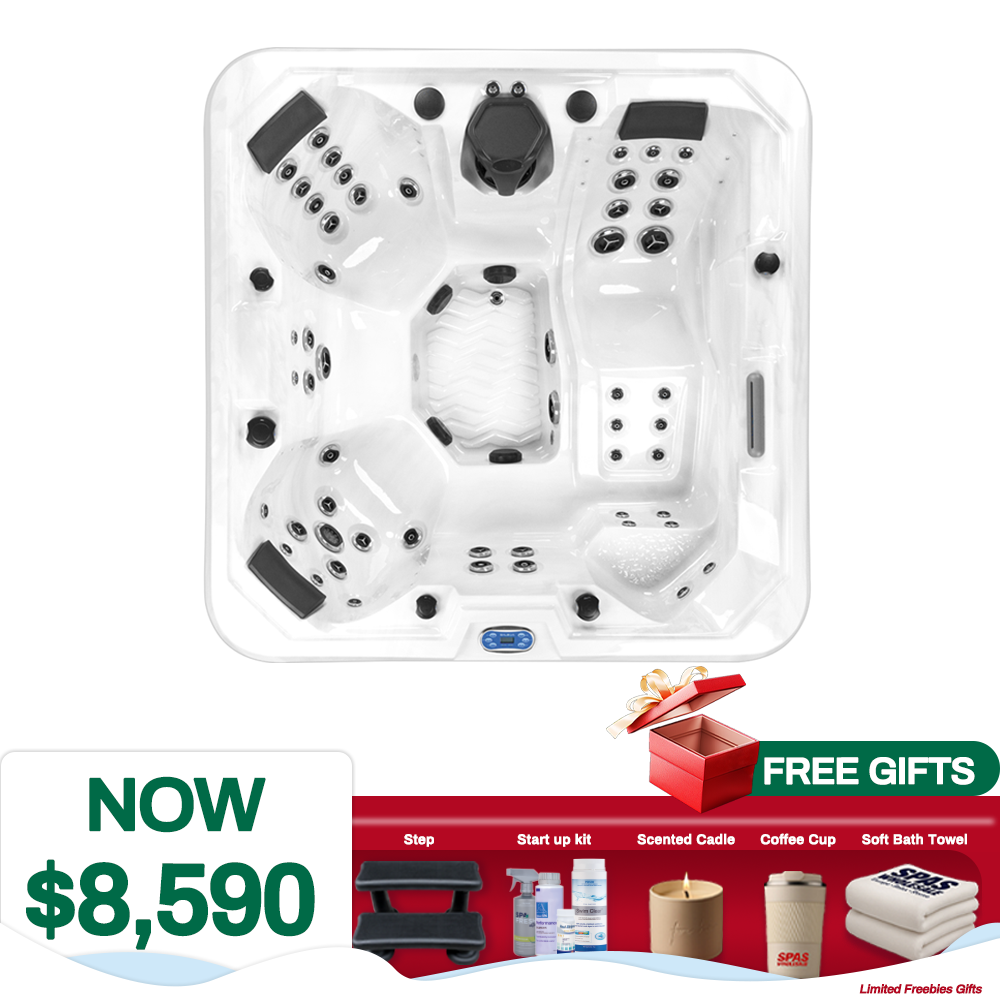

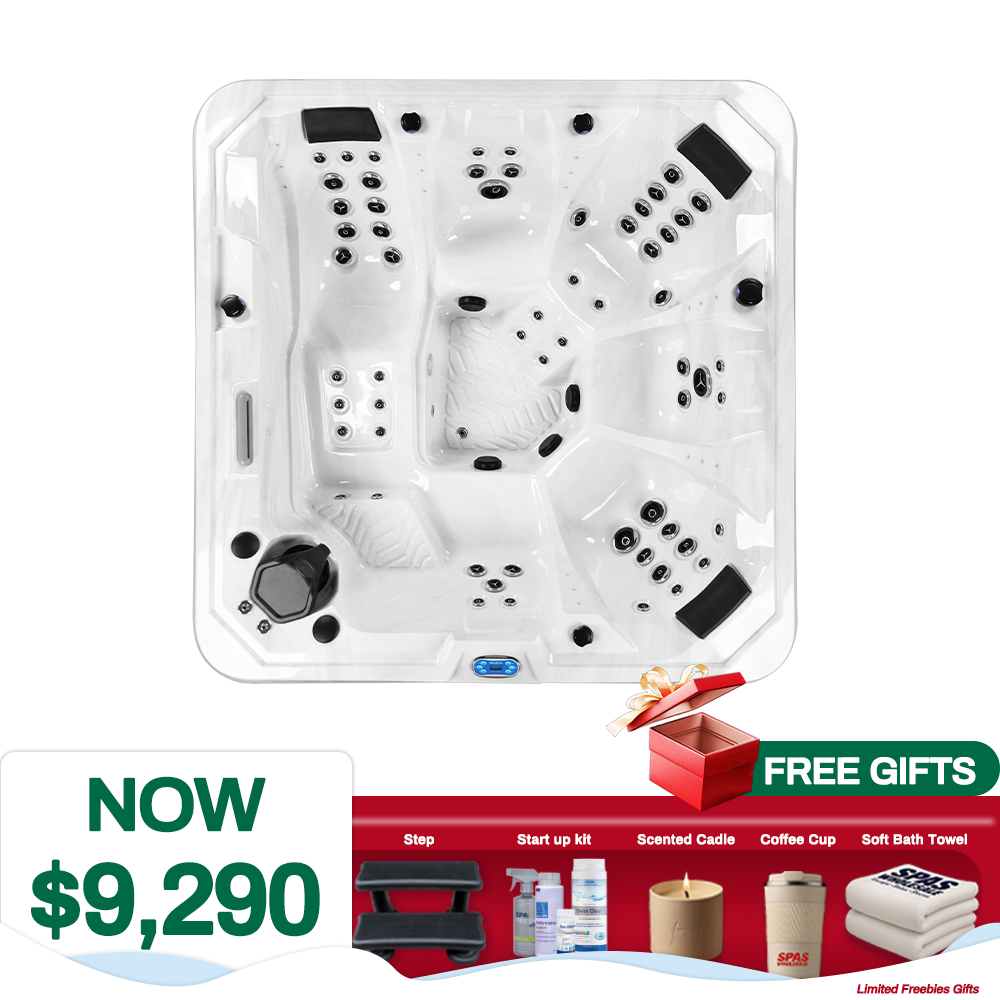
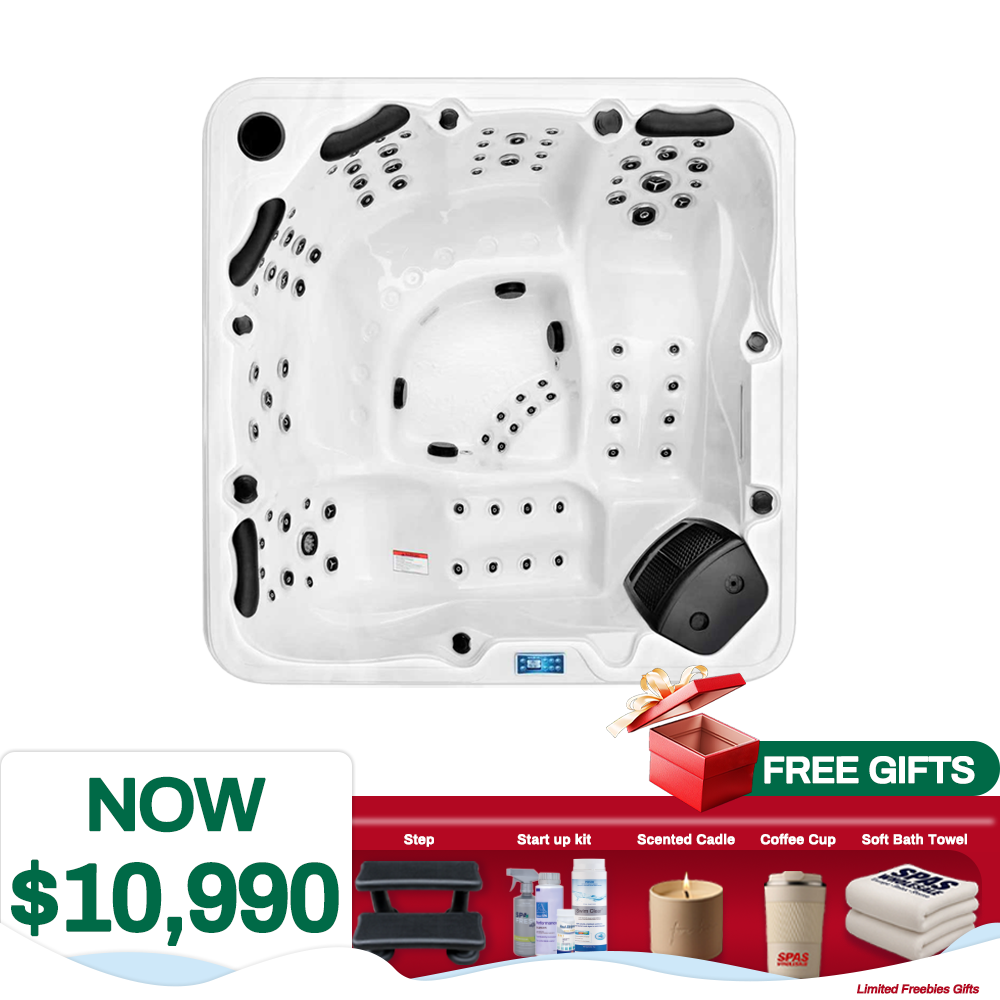

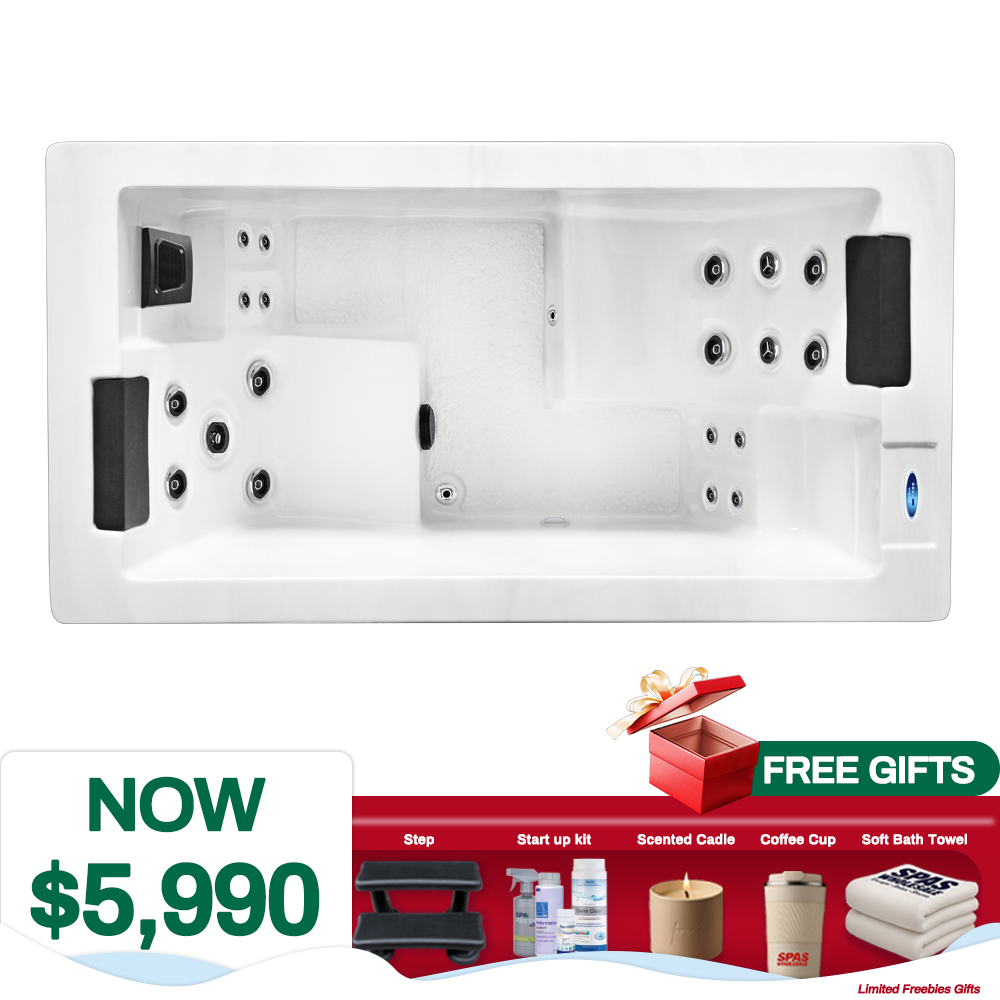

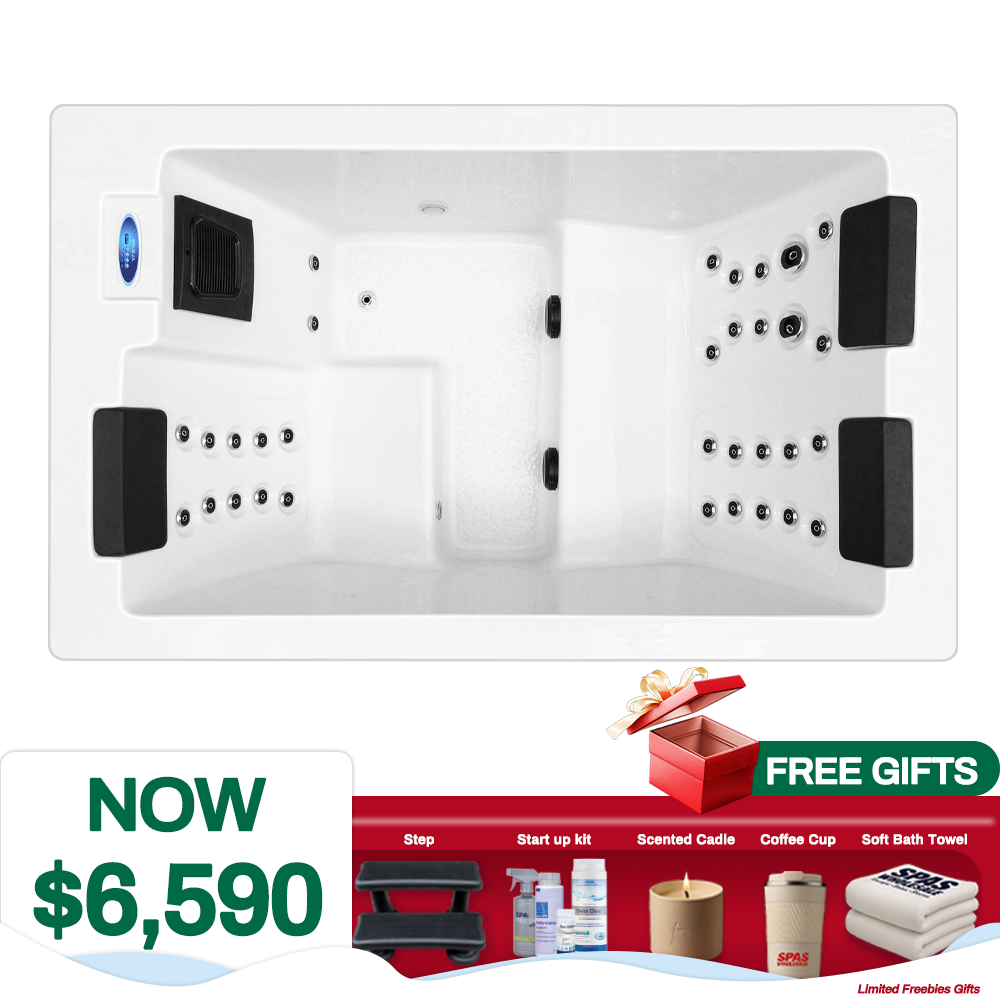


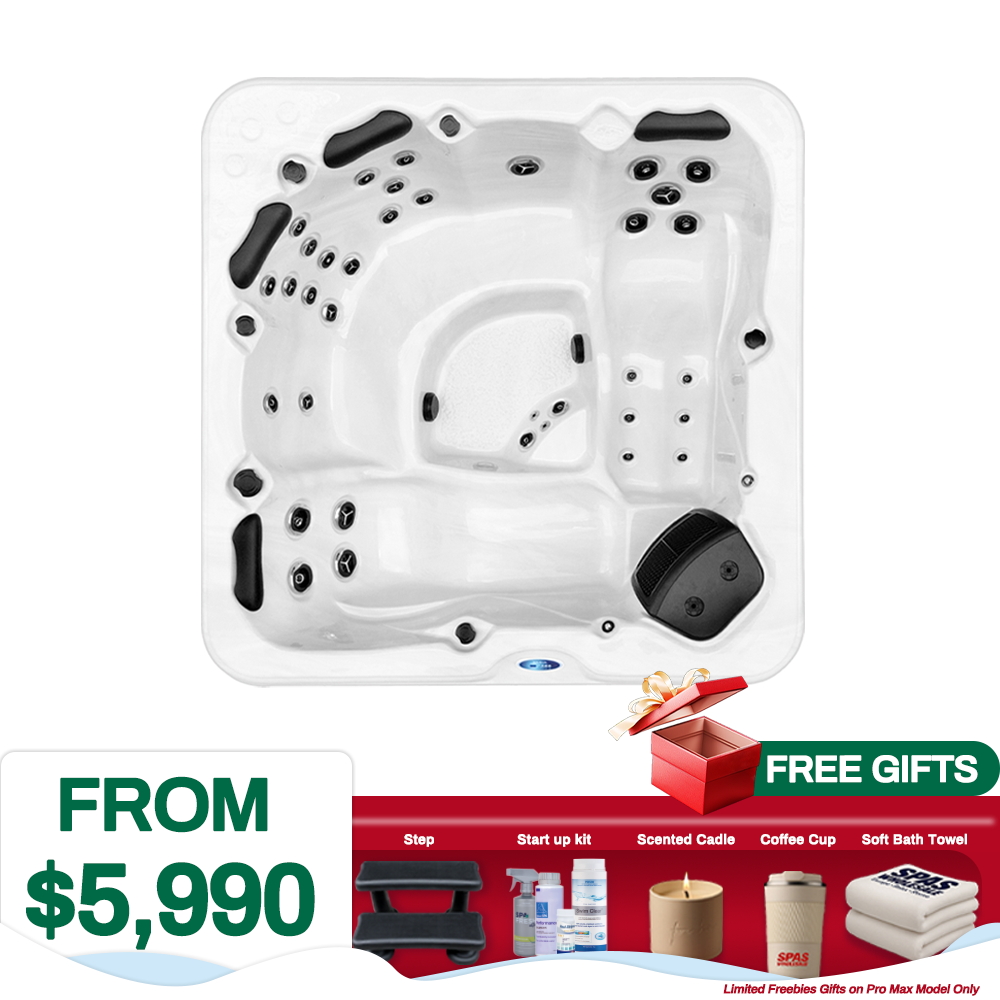
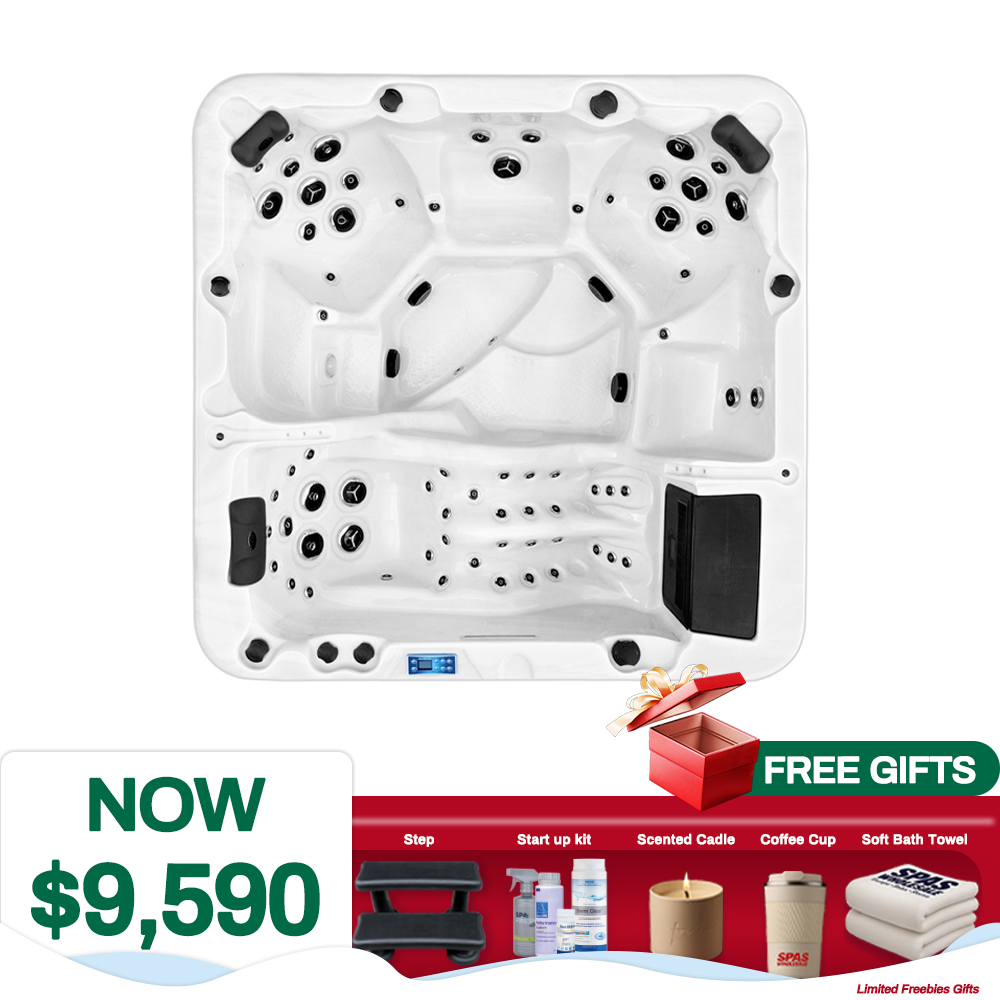
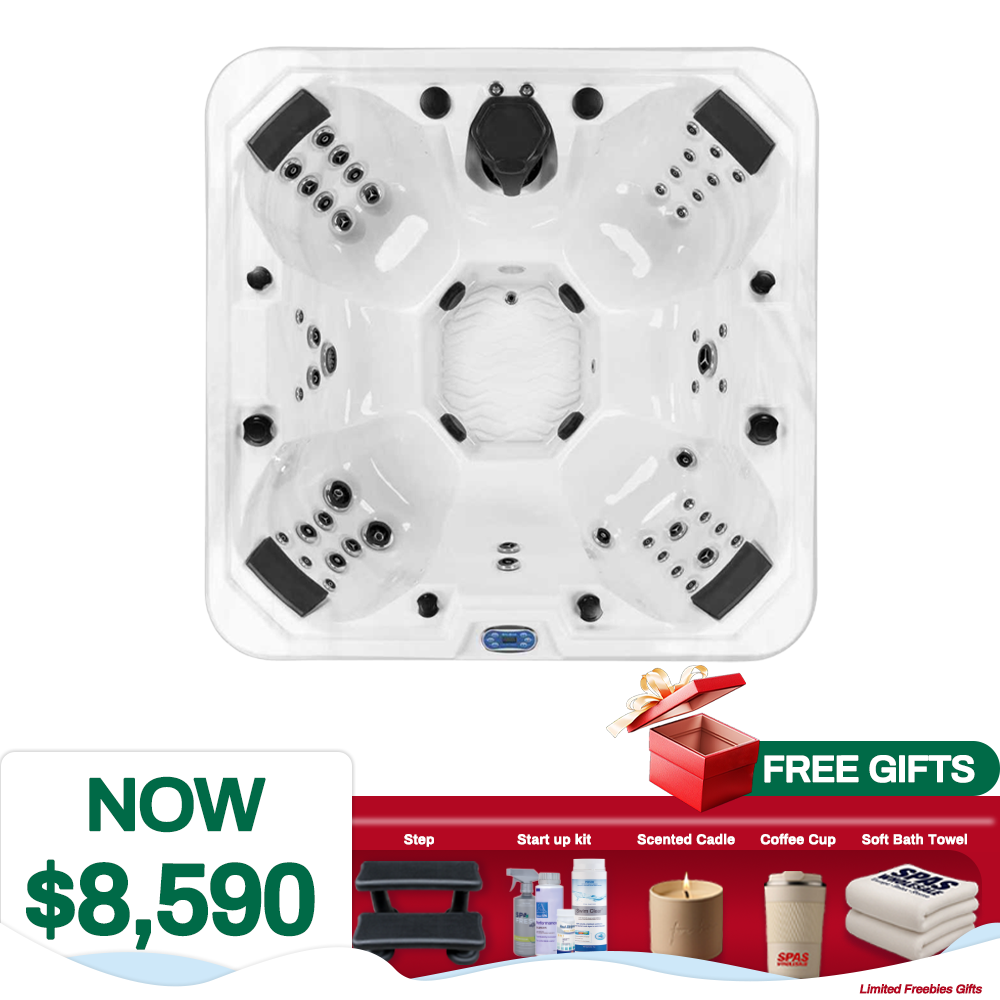
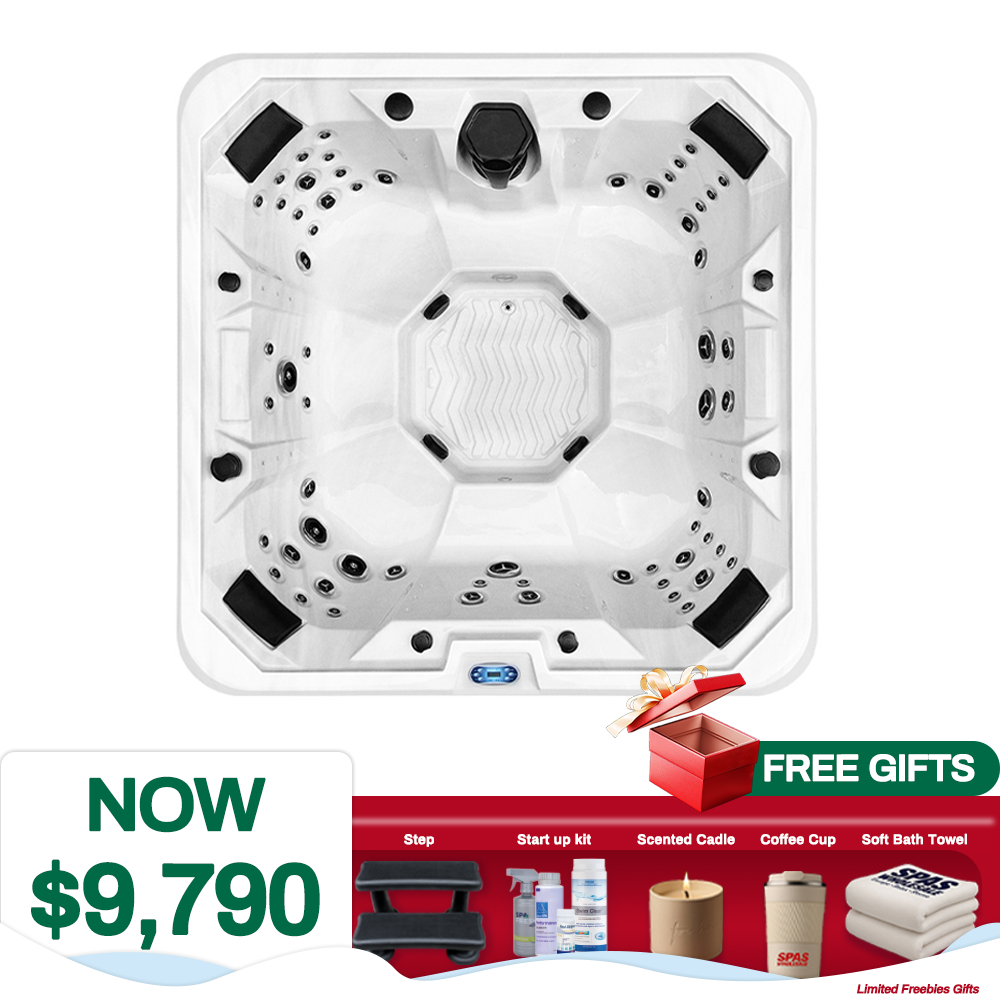
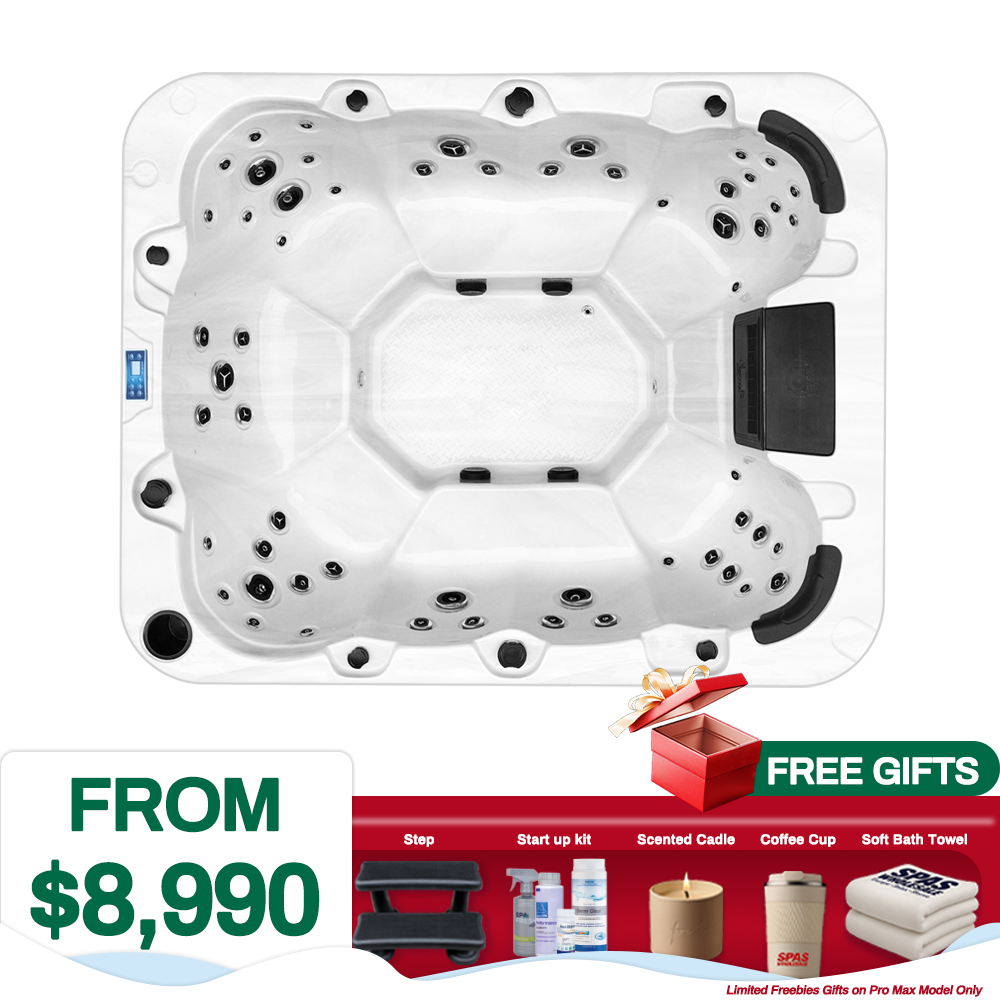
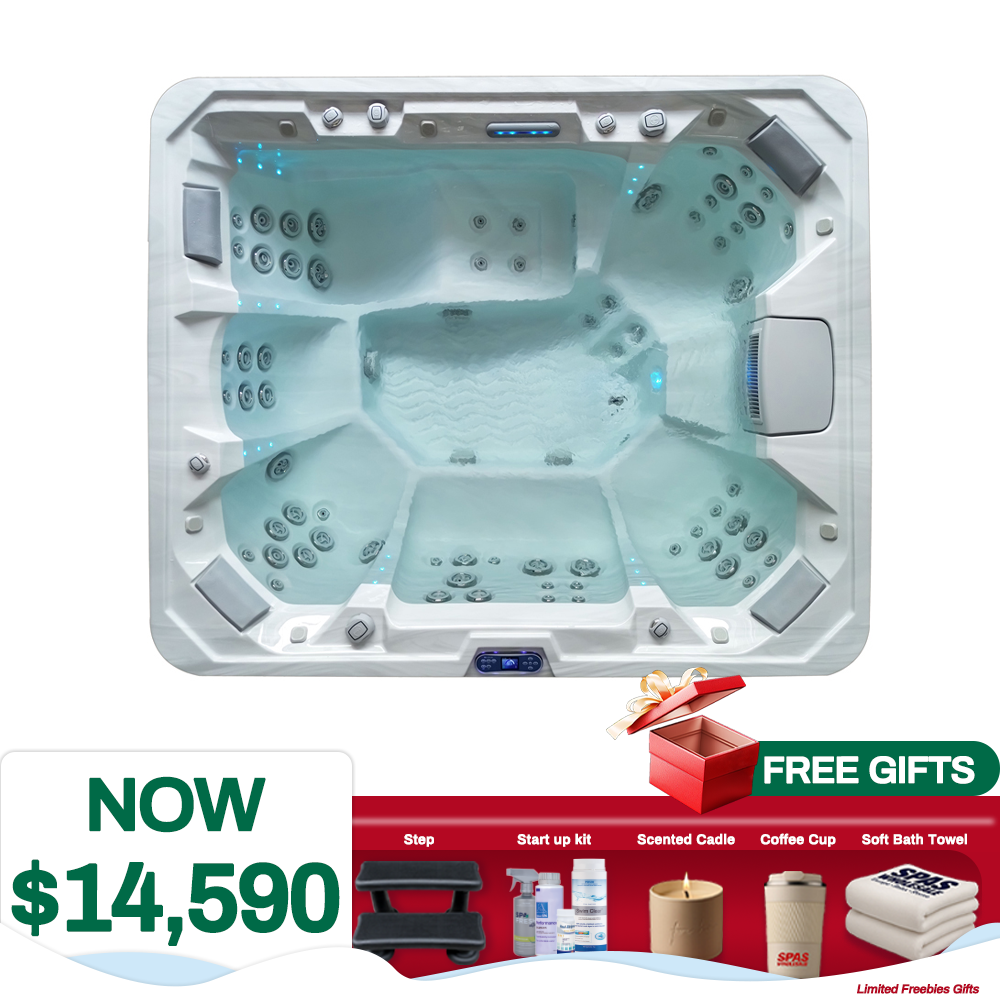
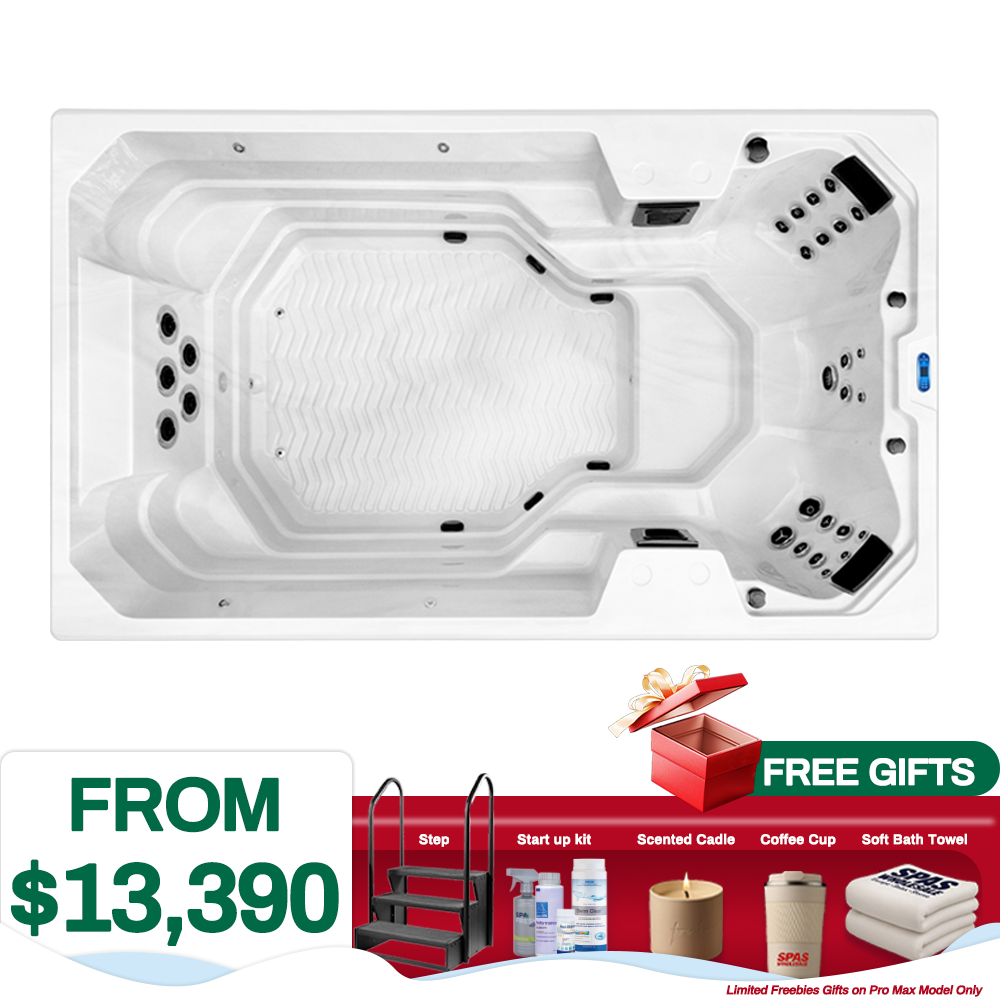
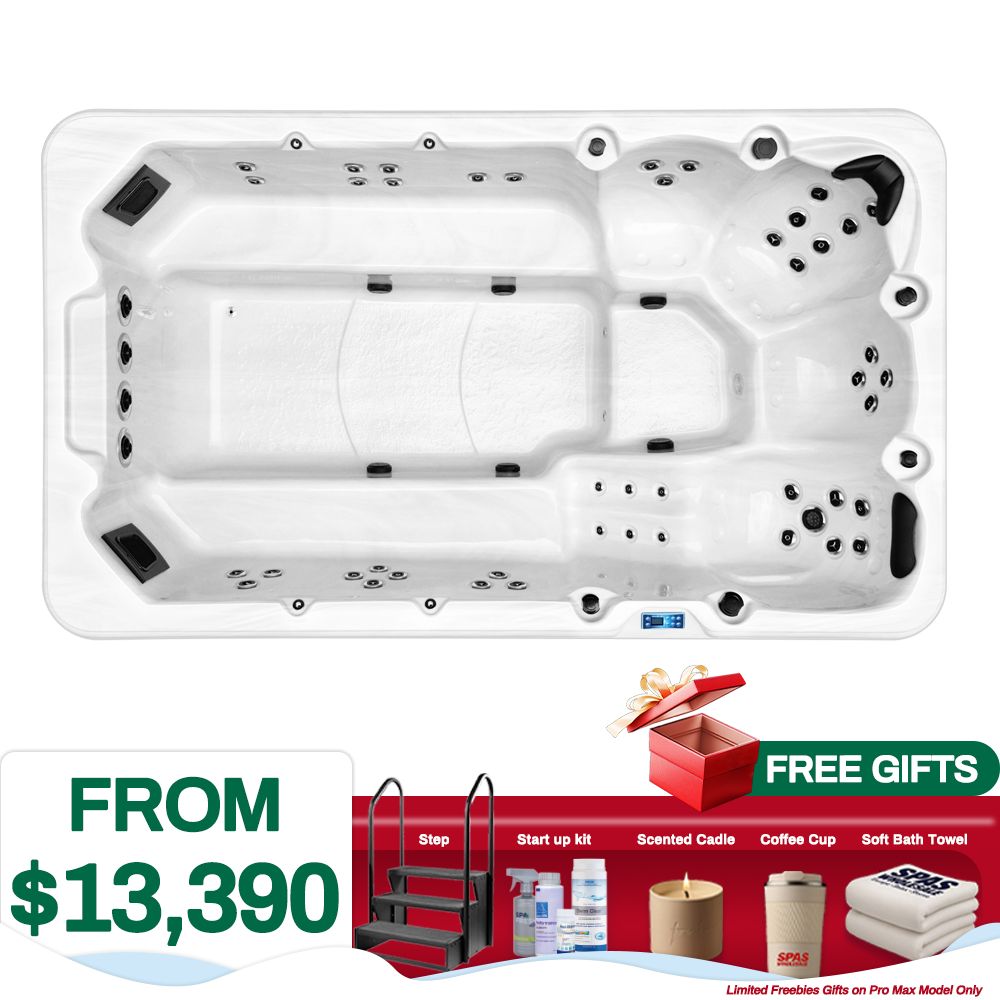
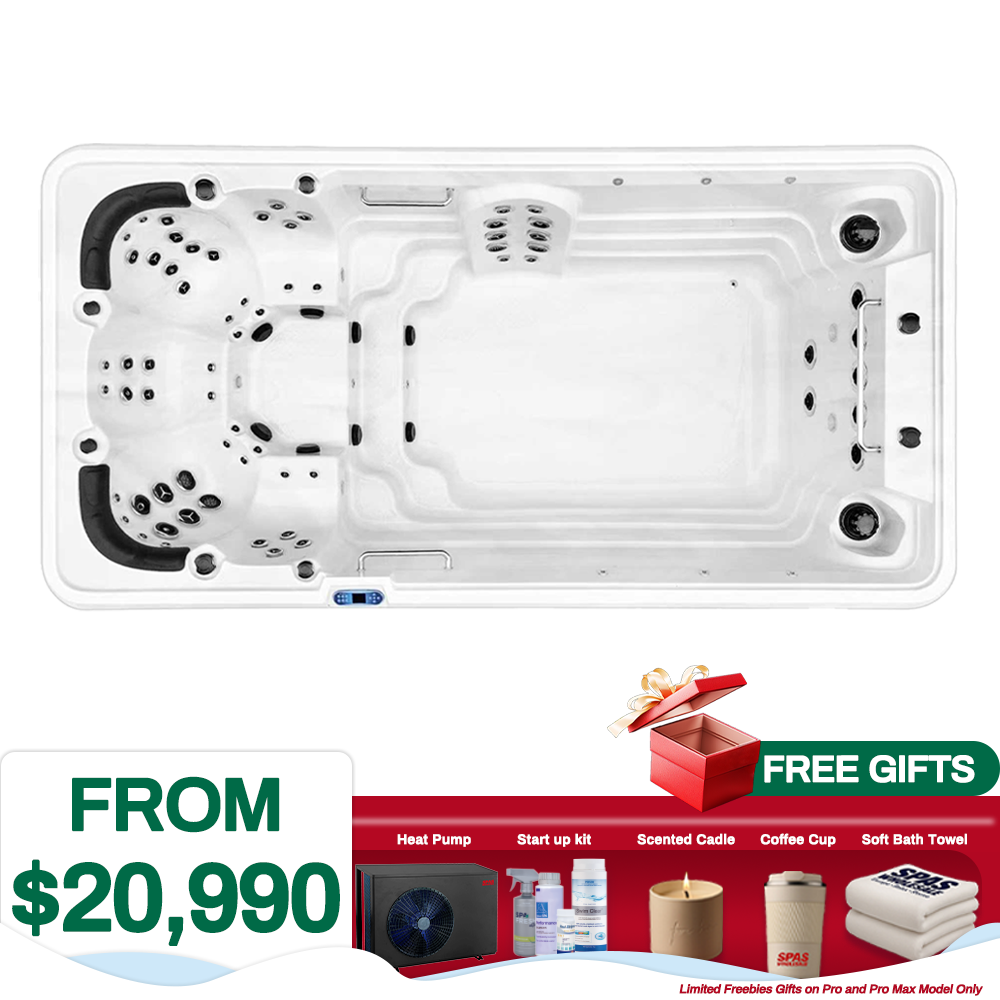

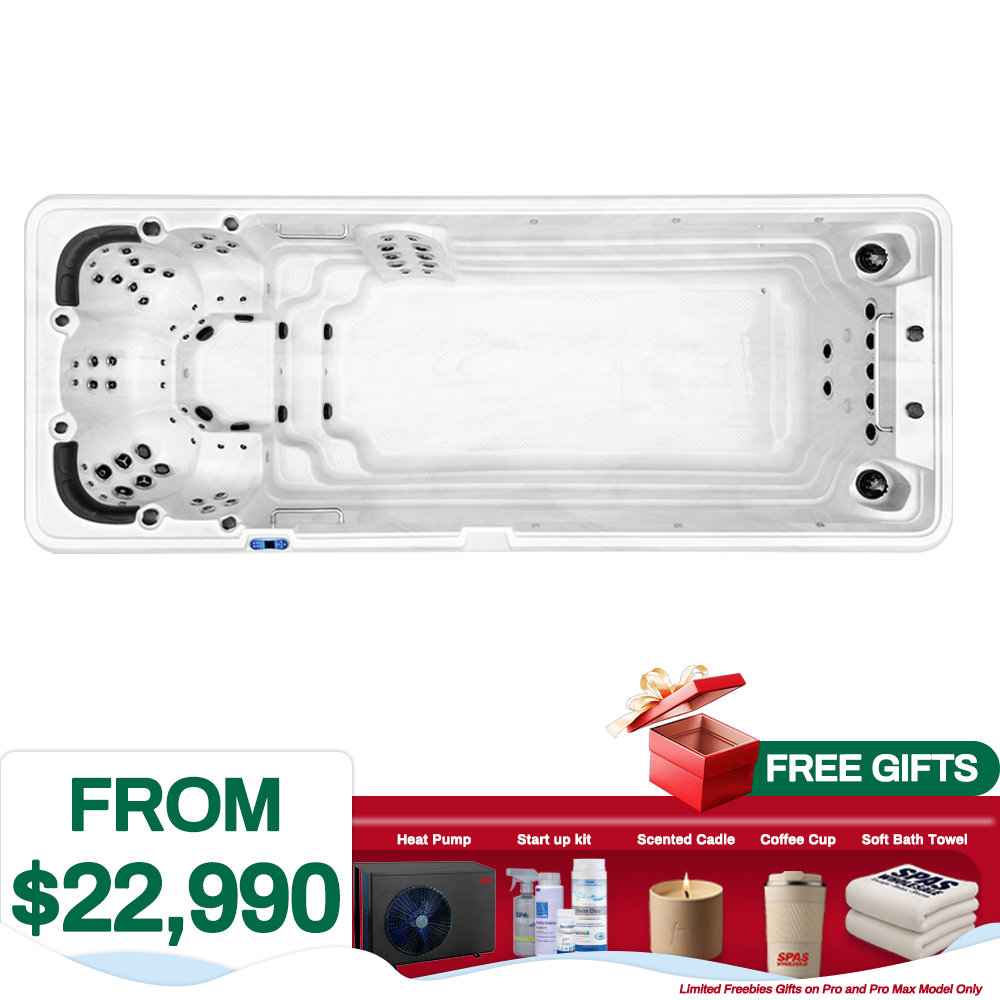
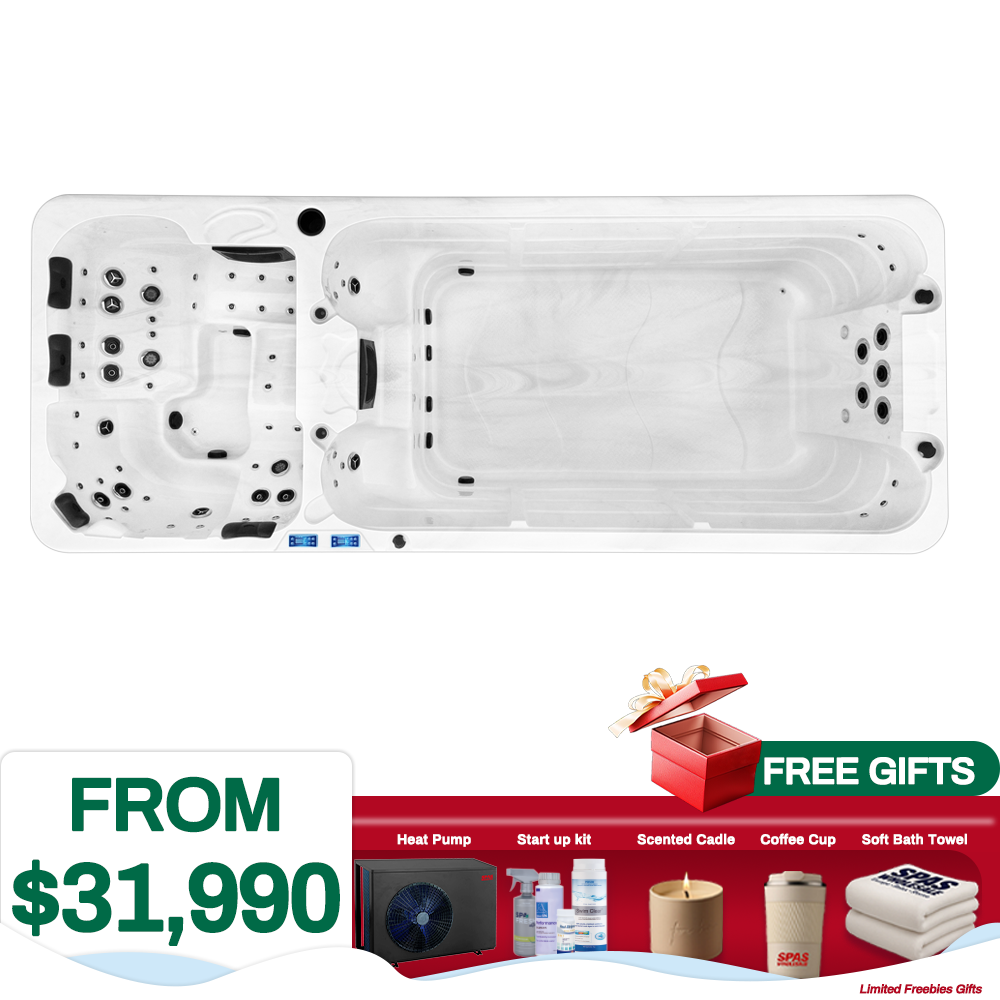
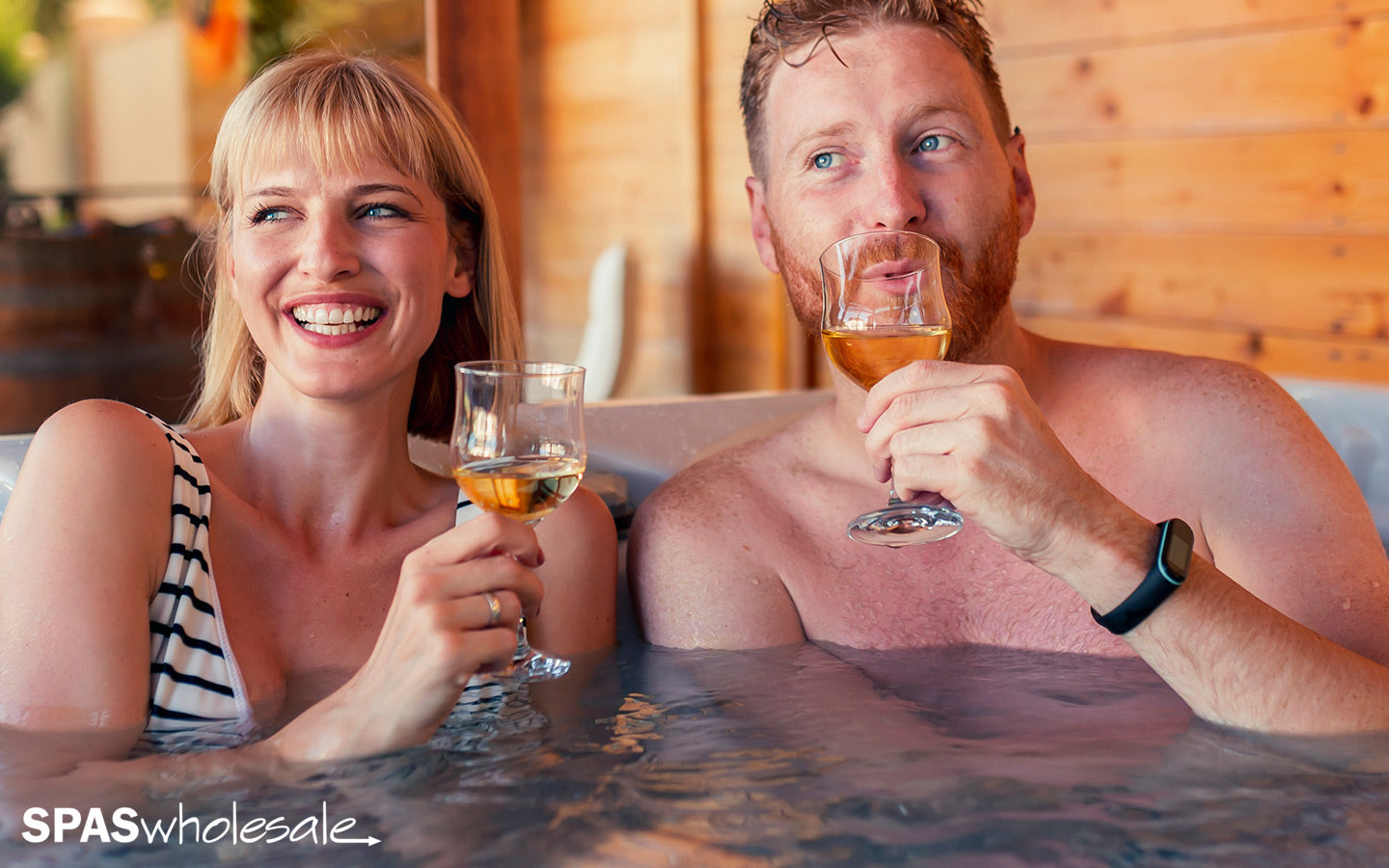

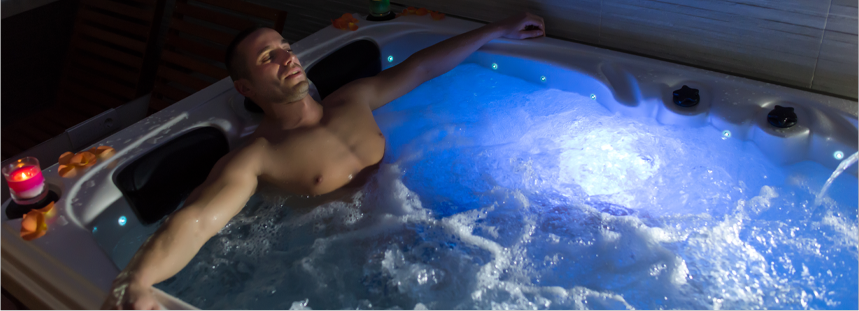
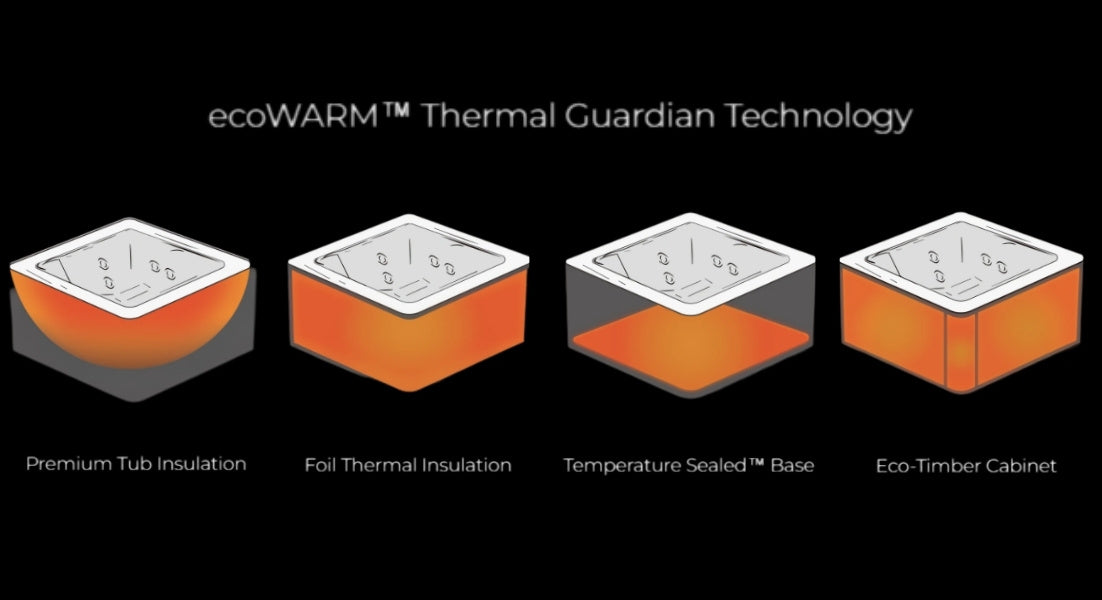
Share:
Effortlessly Remove Dirt and Debris from Your Hot Tub
Top 10 Essential Tips Every New Hot Tub Owner Should Know